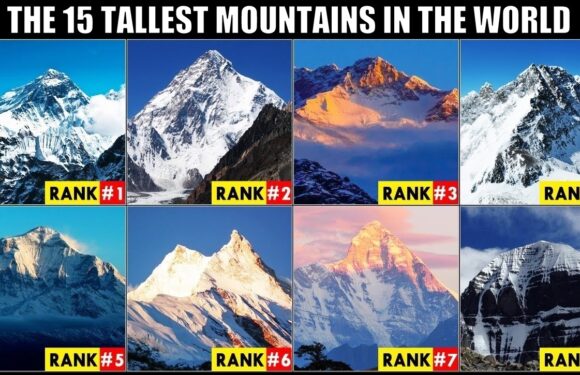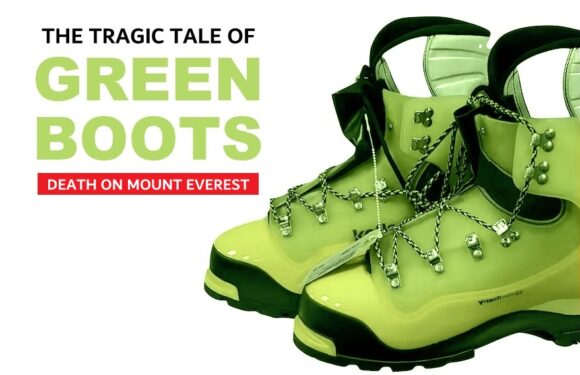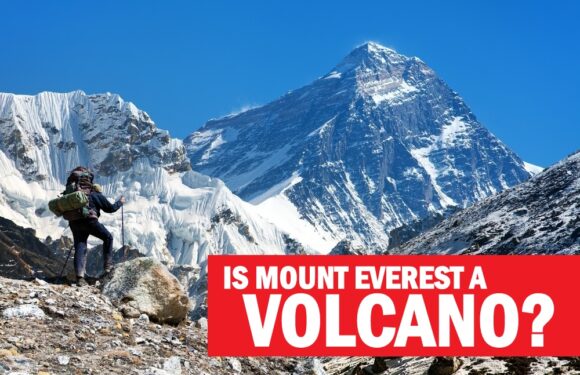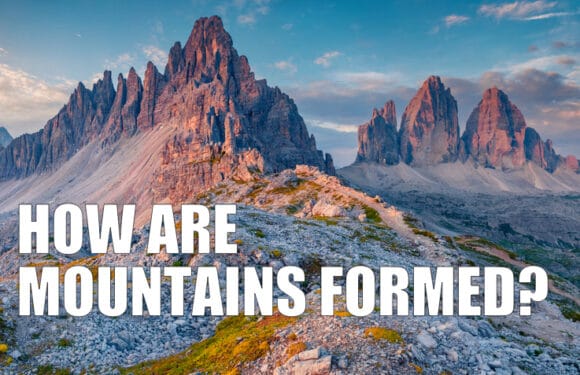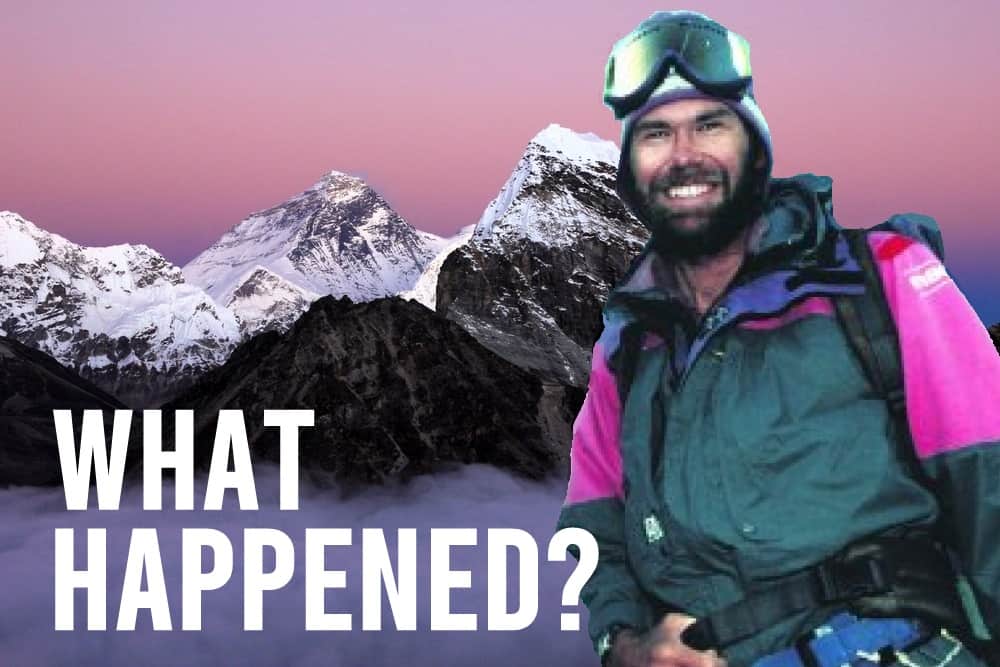
Rob Hall was a celebrated New Zealander and mountaineering guide who met a tragic fate on Mount Everest during a disastrous storm in May 1996. This article discusses who he was and his final expedition.
WARNING: This article contains graphic images. Reader discretion is advised.
Early Life
Rob Hall was born in Christchurch, New Zealand, on January 14, 1961. He developed a passion for mountaineering early in life, drawn to the Southern Alps that dominated the landscape of his home country.
His early accomplishments included ventures in the Himalayas, where he climbed Ama Dablam and Numbur in 1980 and 1981. His first winter ascent of Mount Cook’s Caroline Face, La Perouse and Black Tower showcased his burgeoning talent. In 1990, he completed the Seven Summits in seven months, a feat that garnered international recognition.
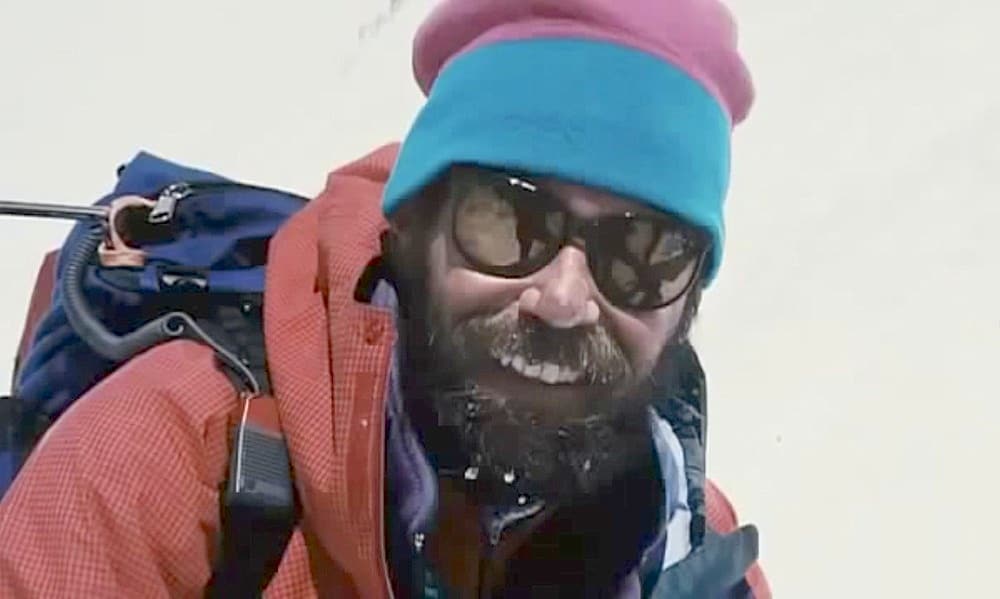
Adventure Consultants
In 1991, Hall co-founded Adventure Consultants, turning his climbing passion into a profession. The company, which he started with fellow climber Gary Ball, became well known for guiding clients on the world’s highest peaks. By 1994, Hall had led 39 climbers to the summit of Everest. His leadership and organizational skills were central to the company’s success.
He was seen as one of the most respected guides in the mountaineering community.
1996 Everest Expedition
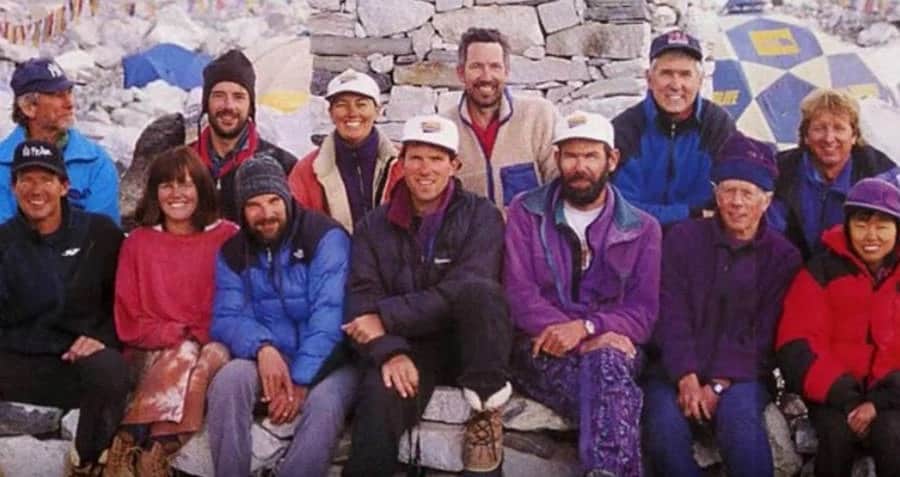
The 1996 Everest expedition was poised to be another feather in Adventure Consultants’ cap. The team consisted of 19 people: Hall, 2 guides, 8 clients, and 8 Sherpas. The clients were a blend of seasoned climbers and ambitious novices including journalist Jon Krakauer, who was on assignment from Outside Magazine.
As they prepared for the final push, little did they know that they were walking into one of the darkest chapters in mountaineering history.
The Late Summit
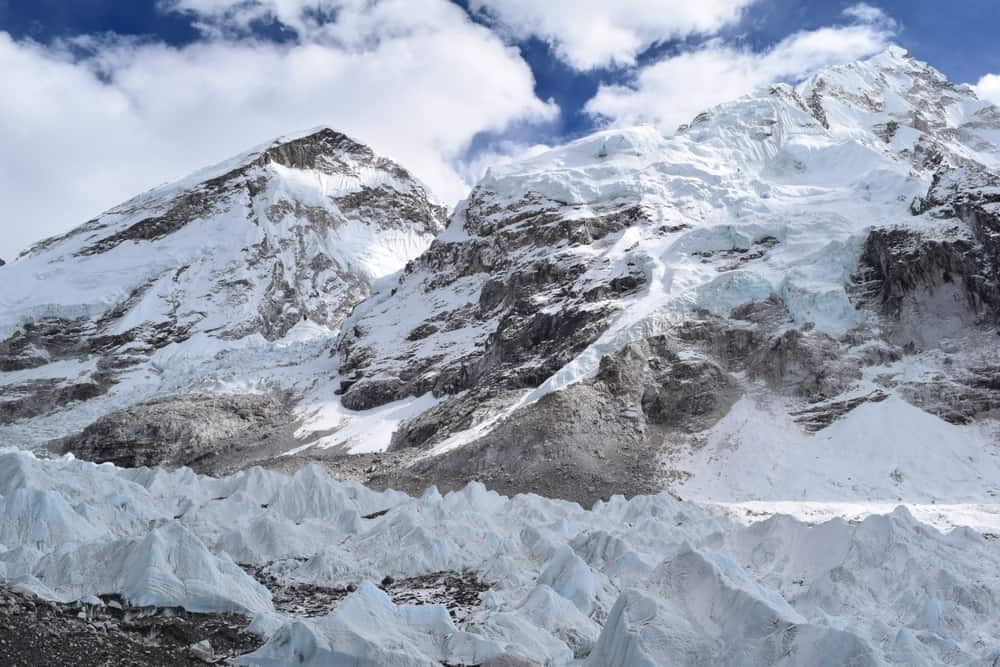
On May 10, 1996, Hall’s team began their summit attempt from Camp IV at the South Col, situated at approximately 26,000 feet (7,925 meters). It was a particularly crowded season on Everest, with an unprecedented number of climbers attempting to reach the summit on the same day. This congestion led to significant delays, particularly at the notorious Hillary Step, a near-vertical rock face at about 28,839 feet (8,790 meters).
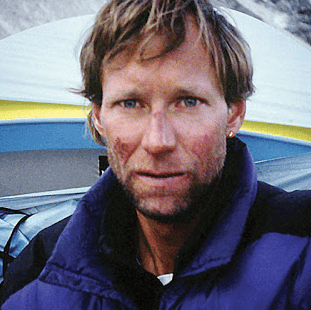
Traditionally, Everest guides adhere to a strict 2:00 p.m. turnaround time to ensure a safe descent before nightfall and the increased risk of storms. But, Hall chose to continue, driven by a commitment to get his client and friend, Doug Hansen, to the summit after he had failed to do so the previous year.
Hall reached the top of Everest, located at 29,029 feet (8,848 meters), around 2:30 p.m. He waited there for Hansen, who arrived at the summit after 4:00 p.m. Hall and Hansen were significantly behind schedule. And a storm was brewing.
A Violent Storm
As they began their descent, Hall and Hansen were caught in a sudden and severe blizzard. This unexpected weather drastically reduced visibility and temperatures, significantly hampering the climbers’ ability to navigate. Hansen ran out of oxygen. He began to struggle with exhaustion and altitude sickness near the South Summit. It was a bone chilling -40°F (-40°C).
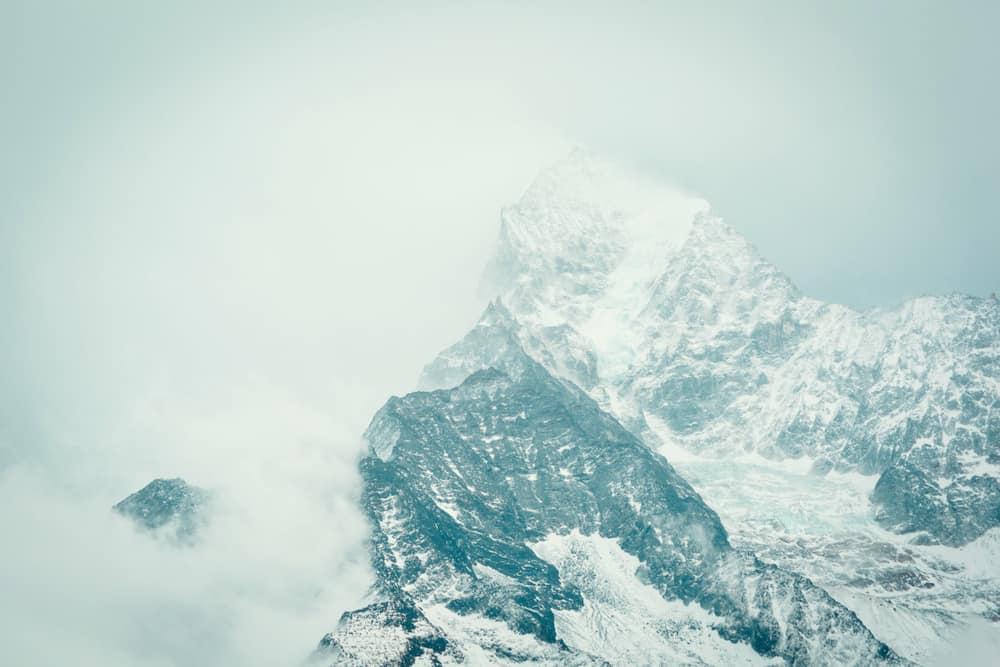
The situation deteriorated quickly as night approached. By then, Hansen was incapacitated. Hall was in radio contact with the base camp, providing updates on their critical condition. Despite efforts to encourage Hall to descend without Hansen, Hall refused to abandon his client.
Hansen perished on the mountain, though it is unclear exactly what happened. His body was never found.
Rob Hall’s Last Words
By the next morning, things were dire for Hall too. He climbed down the South Summit, but was unable to move beyond that point. The weather prevented anyone from going up in an attempt to rescue him; he was on his own. Hall told base camp several times that he was preparing to descend, only to end up staying.
That afternoon, Hall made a satellite telephone call to say goodbye to his wife in New Zealand, Jan Arnold, who was seven months’ pregnant with their first child.
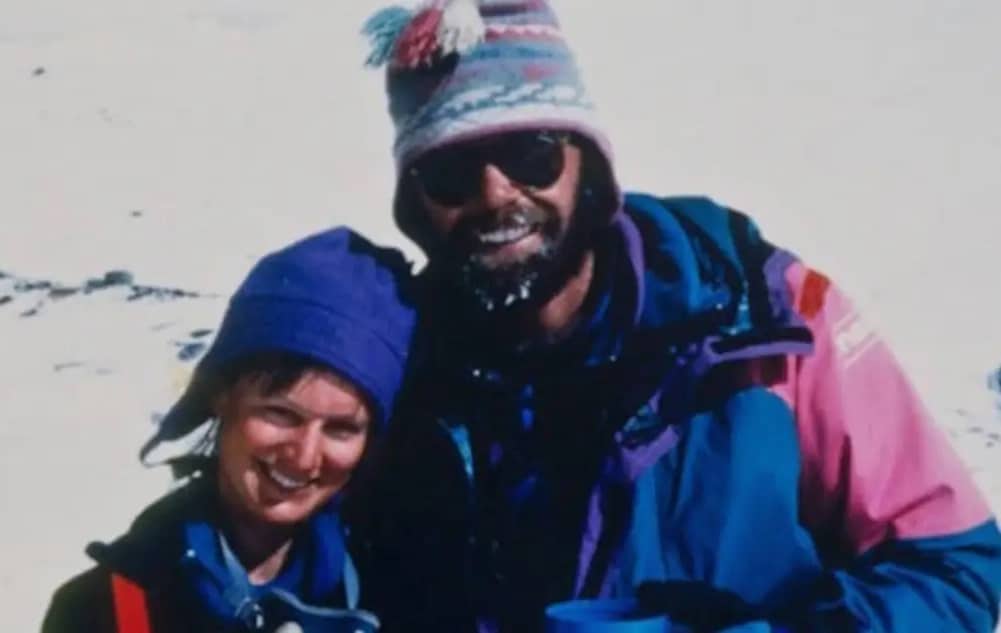
“Hi, my sweetheart,” said Hall. “I hope you’re tucked up in a nice warm bed. How are you doing?”
“I can’t tell you how much I’m thinking about you!” Arnold replied. “You sound so much better than I expected…. Are you warm, my darling?”
“In the context of the altitude, the setting, I’m reasonably comfortable,” Hall said.
“How are your feet?” Arnold asked.
“I haven’t taken me boots off to check, but I think I may have a bit of frostbite,” Hall answered.
“I’m looking forward to making you completely better when you come home,” Arnold said.
“I love you. Sleep well, my sweetheart. Please don’t worry too much,” Hall said.
Rob Hall died on May 11, 1996. He was 35 years old.
Is Rob Hall’s Body Still on Everest?
Hall’s body remains on the South Summit of Mount Everest, where he died. His wife believed that Hall would have wanted to stay there and asked that his body be left alone. It is not visible from the main trail.
May he rest in peace.
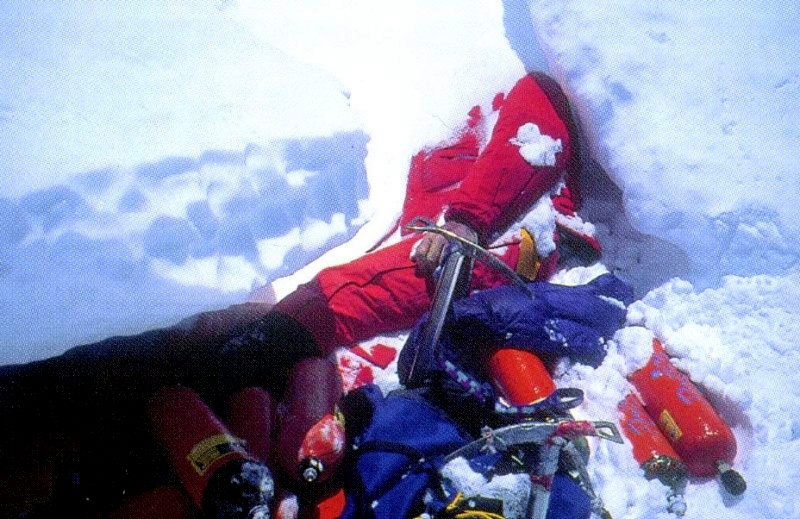
Reflection
Rob Hall’s death, and the events of the 1996 Everest disaster, sparked widespread media coverage and led to discussions about the risks associated with high-altitude climbing and the commercialization of Everest expeditions. His story has been chronicled in Jon Krakauer’s “Into Thin Air” and depicted in the film “Everest,” highlighting Hall’s legacy as a dedicated guide who prioritized the safety and well-being of his clients above all.



















































